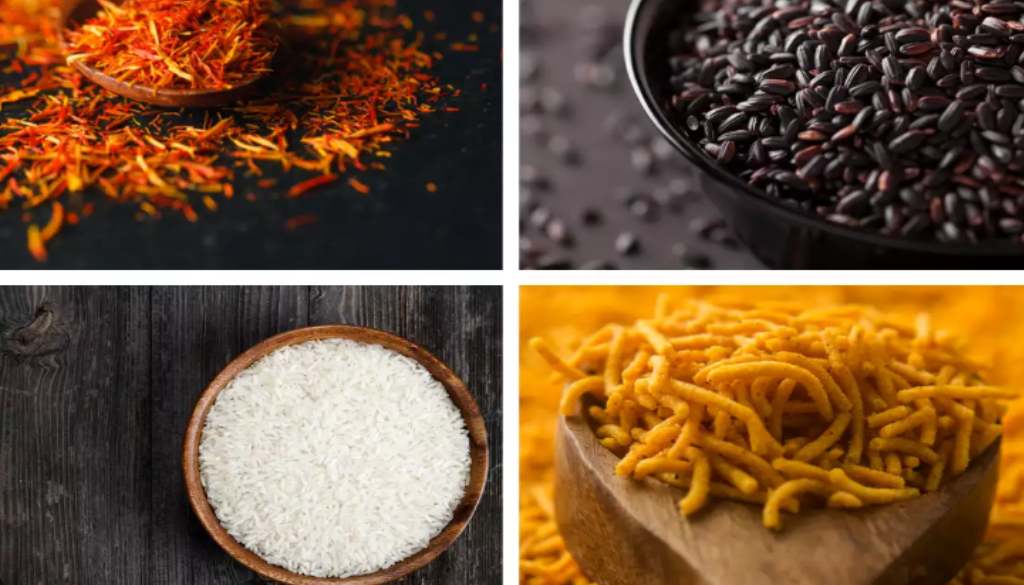Diverse Flavors, Distinct Identity: GI Tags Celebrate Indian Cuisine

New Delhi, 16th January 2024: India, celebrated for its unity in diversity, reflects cultural elements in its food, clothing, and dialects. Each state adds to the nation’s culinary heritage, admired domestically and internationally.
Certain Indian dishes earn a Geographical Indication (GI) tag, granting them a special identity. The Red Ant Chutney of Odisha recently earned this prestigious GI tag, symbolizing its unique origin.
Darjeeling tea, a hallmark of Indian tea production, was the first food item in the country to receive the GI tag, emphasizing its exclusive connection to the Darjeeling region.
Basmati rice, found in households across India, is celebrated for its long grains and distinctive aroma. The GI tag is granted to Basmati rice from specific regions, including Haryana, Punjab, Delhi, Western Uttar Pradesh, and parts of Jammu and Kashmir, underscoring its unique geographical influence.
Hanuman Garhi gram flour laddus, known for their exceptional taste, are closely associated with the Ram temple. These treats earned the GI tag, highlighting their unique connection to a specific geographic location.
Mizo and Khola chilies, originating from Mizoram and Goa, proudly received the GI tag. Mizo chilies, small and intensely spicy, complement Khola chilies, enhancing the color of various dishes.
The recently GI-tagged Red Ant Chutney from Odisha, locally known as Kai Chutney, enjoys popularity in the Mayurbhanj district and neighboring states like Jharkhand and Chhattisgarh.
Recognized as the “king of mangoes,” Alphonso mangoes, primarily found in the Ratnagiri district of Maharashtra, received the coveted GI tag, highlighting unique geographical factors contributing to their exceptional flavor.








